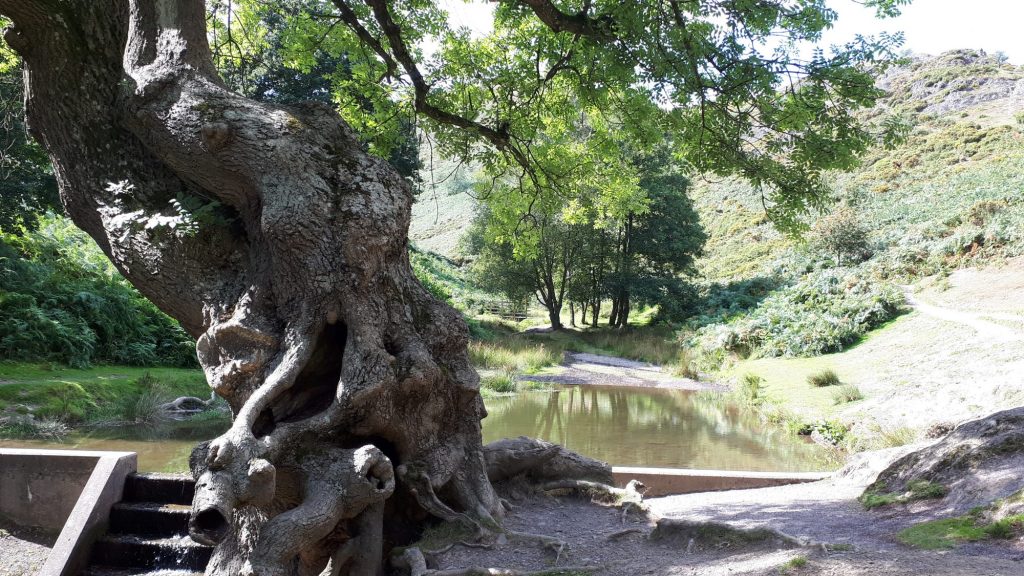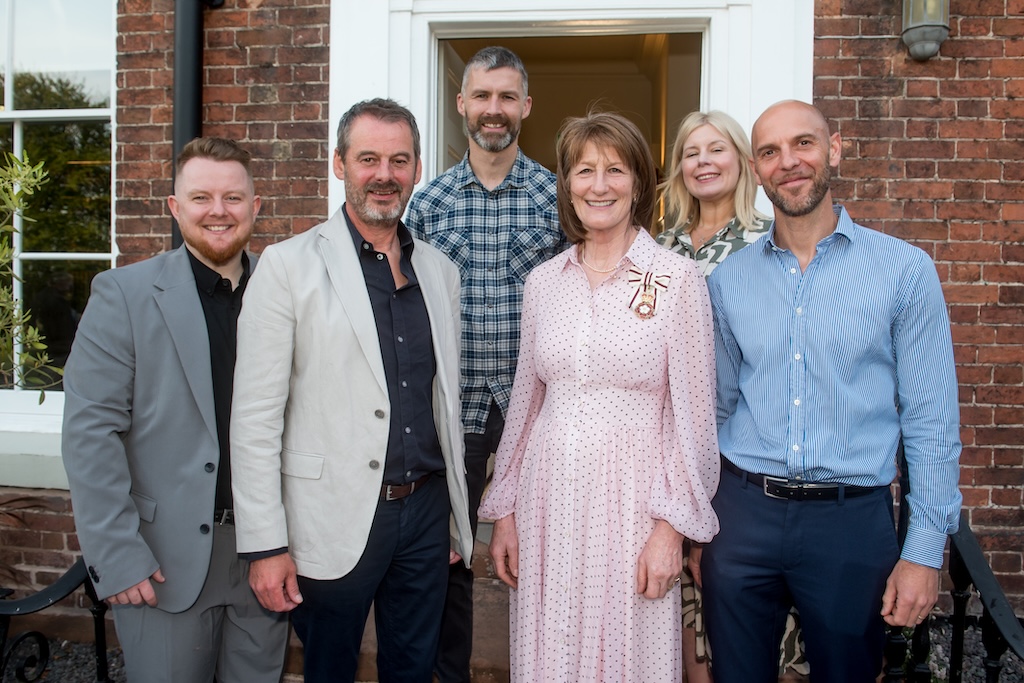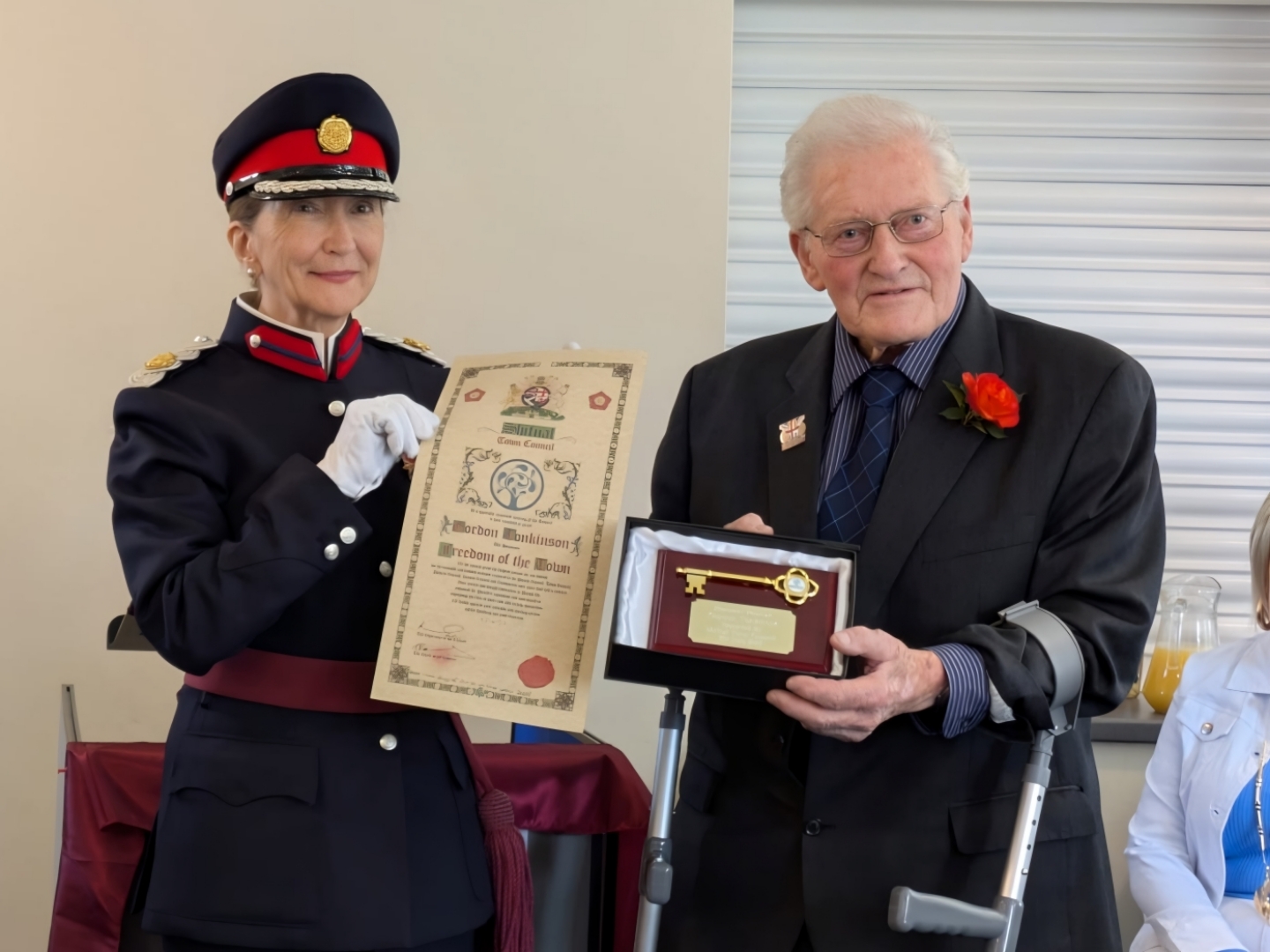In the first of a two-part series, Ed focuses his attention on the Shropshire Hills. This month he visits Carding Mill Valley in Church Stretton
The creature I’m looking at does not look the way a fish should look. Rather than having a scaly stream-lined body, it has a flattened back, large head and brown mottled skin. It doesn’t swim through the water but has settled on the bottom of the plastic container in which it is temporarily held captive. Bullheads are part of the benthic fish family which live on or near the bottom of the seabed, irrespective if the depth of water. Their body is adapted to this lifestyle, they do not possess a swim bladder, which means that they naturally sink to the stream bed and their large pectoral fins help them to maintain a position in the strong-flowing water.
We discovered the bullhead on a family outing to Carding Mill Valley. Like so many of the children that visit the site each year, my son immediately wanted to don his wellies and take his pond net into the stream. Carding Mill Valley is one of the busiest parts of the Shropshire Hills Area of Outstanding Natural Beauty.
Geological complexity
Soon after our family trip, I return to Carding Mill Valley to explore further. I follow the stream up the valley, a chill breeze heralds the changing season and the path weaves between the interlocking spurs. These are ridges of land that protrude down into the valley from the surrounding hills, showing the geological complexity of this area. The Long Mynd was formed beneath the sea and would have originally comprised of layers of sand, silt and mud that have subsequently turned into rock.
I turn off the main path and start to walk up a smaller valley into the hills, stopping to admire a veteran ash tree. The tree has an incredible shape that is a result of its position in the landscape, perched on a rocky knoll, the roots are exposed and has offered safe refuge for the sheep that graze this valley. The branches arch outwards, acting as a counterbalance for the twisted wind-blown trunk. Large burrs have formed all over the bark, worn smooth by generations of children climbing the tree.
The ash tree stands guard over an old millpond which explains why this small valley is called New Pool Hollow. Carding Mill Valley itself is named after the cloth-making industry that the valley once supported. Skulking in the margins of the millpond today are several Stickleback, this species is unusual in that, the male fish builds a nest from vegetation in the pond in which the female lays her eggs and then the male defends the nest from predators.
I continue walking up New Pool Hollow and at the edge of the stream, I find a patch of water mint still in flower. It is not unusual for this species to bloom into the autumn, they have delicate lilac flowers and square stems. Nearby, there is a patch of soft rush. One of my earliest memories of trips to Carding Mill Valley when I was a child, is peeling back the green outer layer on the rush spikes to expose the white pith inside.
Fashionable spa
I climb a steep, grassy bank to discover a larger pool fringed by willow, rowan and birch trees. It is surrounded by steep slopes on three sides; a secret under-water kingdom in the hills. The reservoir was built in 1902, at a time when tourism was growing in Church Stretton and there was a desire to create a fashionable spa. As winters grip tightens, the fish will move into deeper water to seek their food amongst the pond weed. Today the reservoir is used for wild swimming and The National Trust who own this land have plans to harness the power of the water to create green energy.
Below the reservoir, I discover a structure built into the bank. It is a service tunnel that leads beneath the reservoir, with a locked metal gate guarding the brick-built entrance. Inside I can see an old cast iron pipe draped in moss. It is the rain that falls over the hills that brings life to the streams and water bodies of Carding Mill Valley. The way that most people experience this landscape is by climbing the hills or looking up at them from the valley below. The tunnel leads deep into the hidden, darkest interior of this ancient place.
Do one thing for wildlife this month…
The National Trust are always looking out for volunteers to help care for Carding Mill Valley and the Shropshire Hills. Various roles are available, for more details, please visit nationaltrust.org.uk/features/volunteer-at-carding-mill-valley-and-the-shropshire-hills.






